Blue Conifers - Humidity
sc77 (6b MA)
9 years ago
Featured Answer
Sort by:Oldest
Comments (27)
baxswoh
9 years agohairmetal4ever
9 years agoRelated Professionals
Arnold Landscape Architects & Landscape Designers · Wheeling Landscape Architects & Landscape Designers · Brooklyn Center Landscape Architects & Landscape Designers · Cornelius Landscape Contractors · Eagle Landscape Contractors · Hawthorne Landscape Contractors · Hilo Landscape Contractors · Kailua Landscape Contractors · Methuen Landscape Contractors · Plantation Landscape Contractors · Rio Linda Landscape Contractors · Setauket-East Setauket Landscape Contractors · St. Louis Landscape Contractors · Wanaque Landscape Contractors · Baileys Crossroads Landscape Contractorsoutback63 Dennison
9 years agosc77 (6b MA)
9 years agorestoner
9 years agogardener365
9 years agosc77 (6b MA)
9 years agohairmetal4ever
9 years agohairmetal4ever
9 years agobluecone
9 years agogardener365
9 years agomidtn
9 years agosc77 (6b MA)
9 years agoljs8510
9 years agowisconsitom
9 years agomaple_grove_gw
9 years agosc77 (6b MA)
9 years agosplaker
6 years agolast modified: 6 years agosc77 (6b MA)
6 years agolast modified: 6 years agosplaker
6 years agolast modified: 6 years agoSmivies (Ontario - 5b)
6 years agostuartlawrence (7b L.I. NY)
6 years agolast modified: 6 years agoHenry Z6(OH Zone 6b)
4 months agodavidrt28 (zone 7)
4 months agolast modified: 4 months agoHenry Z6(OH Zone 6b)
4 months agoHenry Z6(OH Zone 6b)
3 months ago
Related Stories
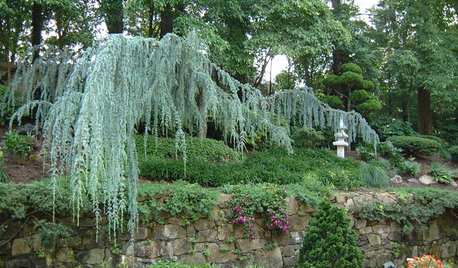
PLANTING IDEASDesigning With Conifers: Exploring Color
Colorful, structural and adaptable, conifers are waiting to transform your garden
Full Story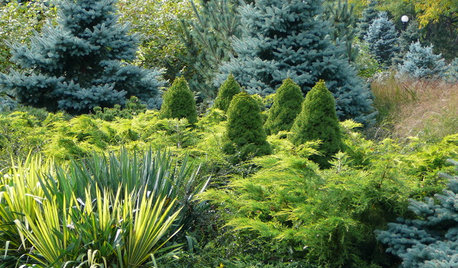
PLANTING IDEASDesigning With Conifers: Layers of Texture for Your Garden
Sharp and prickly or fine like ferns, richly textured conifers bring unexpected interest to the landscape
Full Story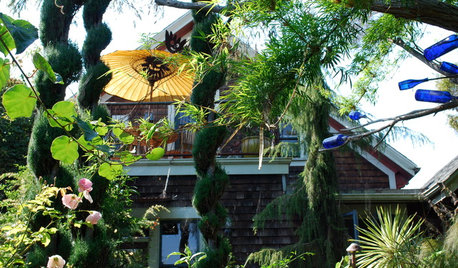
PLANTING IDEASDesigning With Conifers: How to Unite Your Landscape
Create a landscape full of intrigue and artistry with the right placement of conifers and their supporting players
Full Story
PLANTING IDEASStretch the Budget, Seasons and Style: Add Conifers to Your Containers
Small, low-maintenance conifers are a boon for mixed containers — and you can transplant them to your garden when they’ve outgrown the pot
Full Story
GARDENING GUIDESDesigning With Conifers: Find the Perfect Fit for Your Landscape
Conifers range from fairy-garden size to 70 feet tall. Here’s how to decifer the plant tag for the perfect long-term fit in your garden
Full Story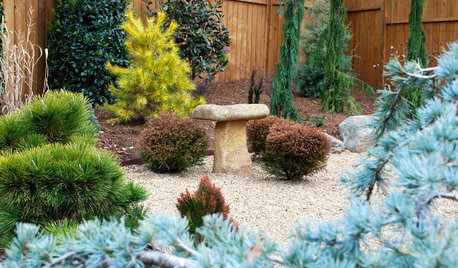
PLANTING IDEASDesigning With Conifers: Personality and Form in the Garden
Unique and full of interest, well-shaped conifers await a place your yard
Full Story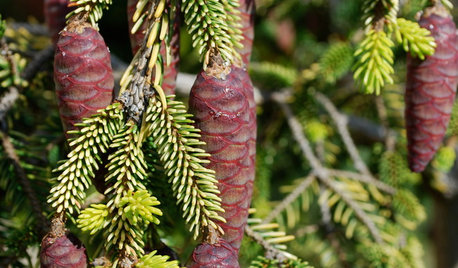
GARDENING GUIDESGreat Design Plant: Skylands Oriental Spruce, a Favorite Conifer
Brighten up a drab corner of your garden with Picea orientalis ‘Skylands’, a smaller spruce that a bird family might just call home
Full Story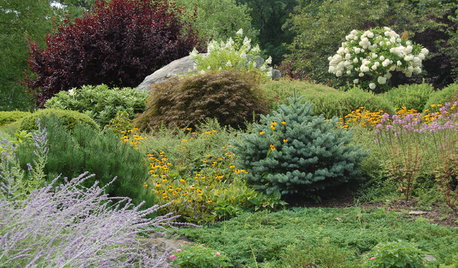
GARDENING GUIDESDesigning With Conifers: Finding the Right Garden Bedmates
In gardening, building on commonalities creates an enduring relationship
Full Story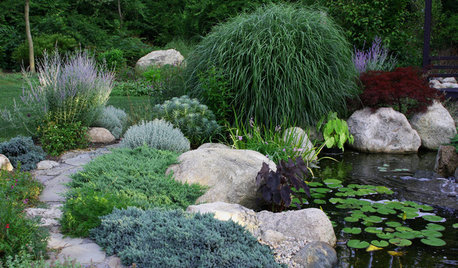
GARDENING GUIDESGreat Design Plant: Juniperus Squamata ‘Blue Star’
Need some blues in your garden? Discover Blue Star juniper
Full Story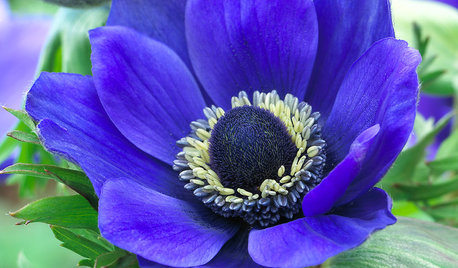
FALL GARDENING6 Splendid Blue-Flowering Bulbs
How do you blue? With colors from sky to cobalt, these bulbs will greet you merrily in a spring garden
Full StorySponsored
Your Custom Bath Designers & Remodelers in Columbus I 10X Best Houzz
More Discussions








sc77 (6b MA)Original Author